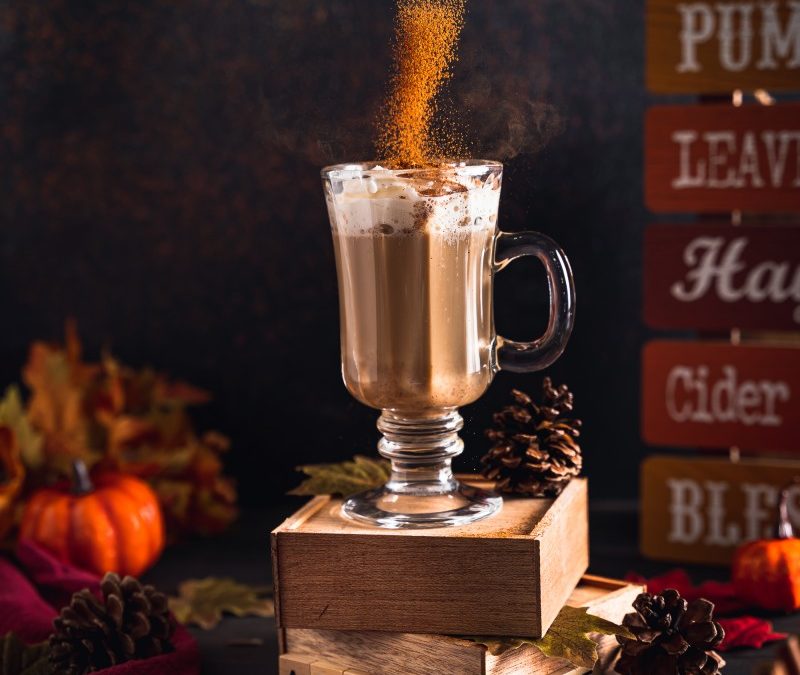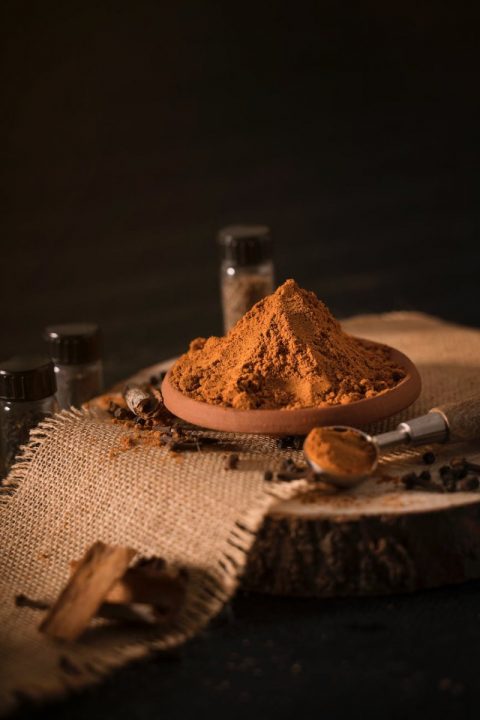We left off with the sweet yin and bold yang of cinnamon, a perfect balance in time for this year’s Autumn Equinox—September 22—when day and night are equal length. Ancient Celts celebrated the growing season’s second harvest of “hearty foods like gourds, pumpkins, grapes and apples,”[1] and by the 1970s modern Pagans recognized and celebrated the Equinox as Mabon, a time for “balance, equality and harmony.”[2]
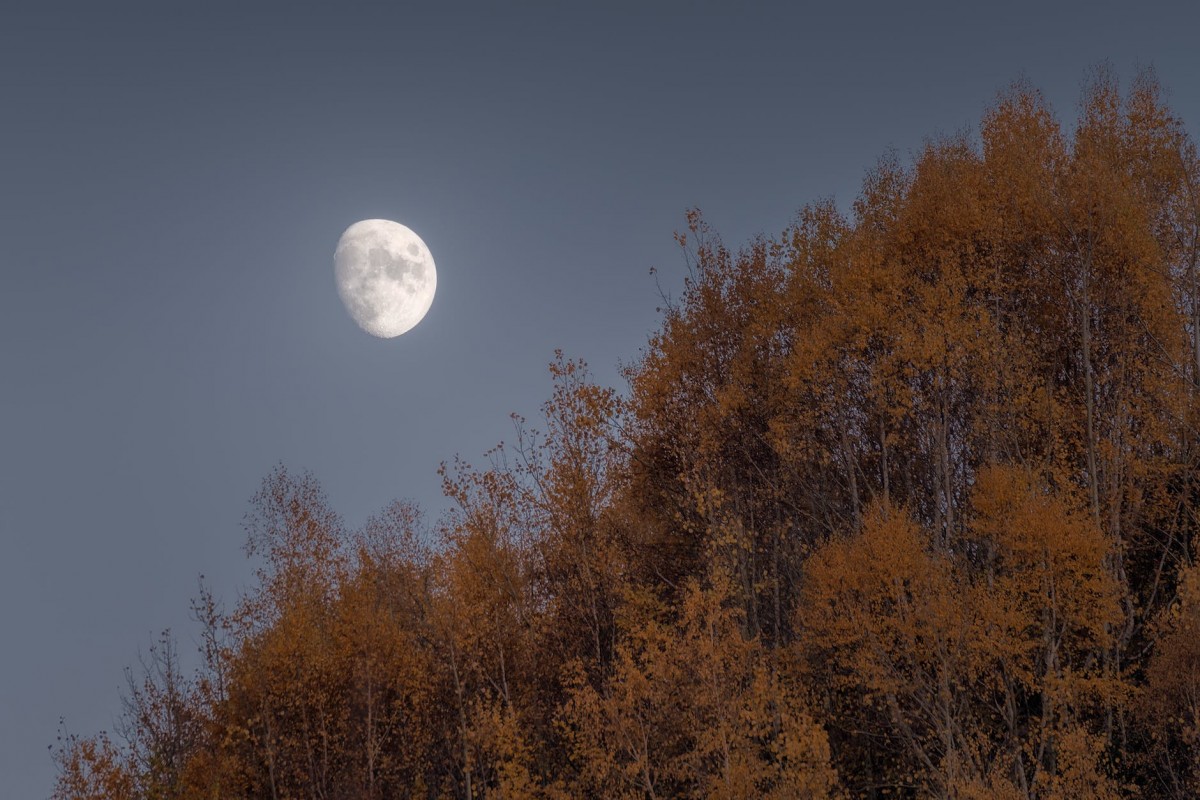
Tied to the harvest it was a time of year to naturally feel gratitude for what was hopefully an abundance of food to last through the winter, and to take stock of the successes and hardships of the year that had passed. Very few of us now have that intrinsic relationship with nature, time, and our food but we can still benefit from the reflection that this season brings.
So, with the new chill in the air and the blustery weather tossing us about, the time is also ripe to tuck into comfort foods—particularly after all that emotional reflection. But really it’s not just any food we’re talking about here. Autumn has become synonymous with one thing: the Pumpkin Spice Latte.
Foods we crave when feeling stressed or in need of some coziness are generally “high in carb[s], sugar, and fatty acids [which] trigger the brain’s reward system,” and improve our moods and make us feel better[3], often with a release dopamine.[4] Our favourites that bring us right back to memories of people we felt nourished by and times passed that we take now take refuge in, are literally addictive: “the same rewards and pleasure centers that are activated by drug or alcohol addiction are active when consuming comfort food.”[5] In 2003 Starbucks launched its Pumpkin Spice Latte and its marketing coupled with a parallel rise of Instagram and curated lifestyle pics, made the PSL ubiquitous: “it was a cultural phenomenon.”[6] A recent article in Vox takes a look at this phenomenon quoting a 2014 interview with Suzy Badaracco, culinary food trend analyst: “‘Pumpkin became recognized as part of the comfort food trend during the recession in 2008,’ due to its association with Thanksgiving and the holidays. In tough times, we’re more likely to crave foods that bring back happy memories.”[7] The physiological reality that a 16 fl oz high sugar, high fat beverage at 390 calories[8] could become addictive added up to around $100 million in a single season of sales for Starbucks in 2015.[9]
Pumpkin Spice is a usually a mixture of cinnamon, nutmeg, cloves, and ginger. The earliest use of nutmeg was traced back to Pulau Ay, one of the Banda Islands in Indonesia, when researchers found remnants of the spice in 3500 year-old ceramic pottery.[10] The Banda Islands became the “Spice Islands” because they were the only place where nutmeg could grow. And as we’ve seen, spices were more precious than gold in those days and the Dutch East India Company pried open the Spice Trade: “Access to the spices inspired the Dutch to create blends such as speculaaskruiden, which is similar to pumpkin spice but also has cardamom and sometimes white pepper. The popularity of speculaaskruiden in Netherland desserts lead to the spices moving across borders.”[11] The pumpkin part of Pumpkin Spice came about in North America. Grown in North and South America, pumpkins were generally eaten as savoury food by the Indigenous peoples but Europeans enhanced the sweet flavour and pumpkins were turned into pies, and by 1695 a British recipe called for “cinnamon, nutmeg, cloves, and pepper” in its “pumpion pye.”[12]
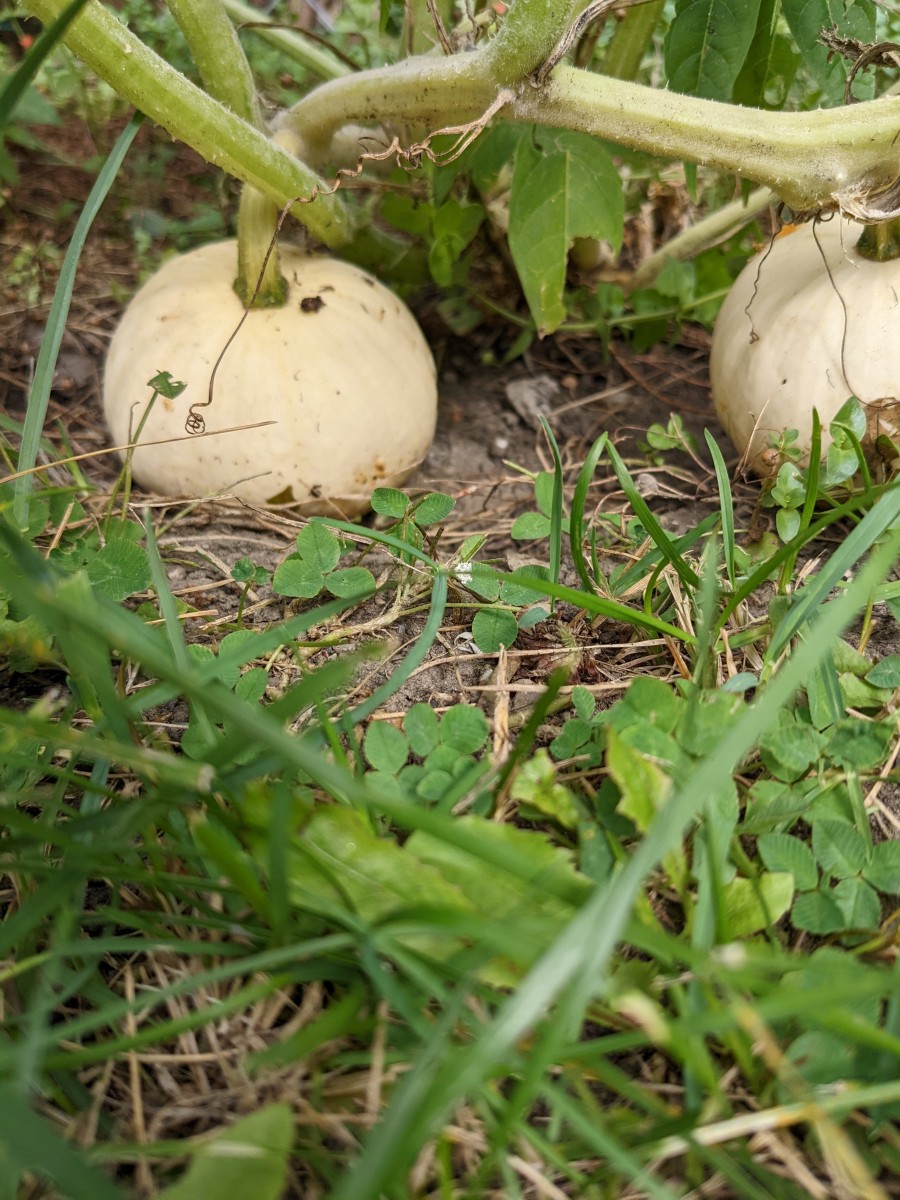
Full disclosure: I’ve never had a Pumpkin Spice Latte. As I write this I can see a neighbour’s tree—the first to start turning red on our street—and just writing the words cinnamon, cloves, ginger, and nutmeg has me now craving something warm and delicious and satiating. Another truth: as I write this it’s actually September 23, but yesterday on Mabon I picked a tiny pumpkin from my garden. It was a ghost pumpkin, and a complete mystery since I didn’t plant it, and have never planted any type of squash here. It was a gift from birds or squirrels. It was a perfect moment to reflect on the ways that if we tune into the rhythms of nature we can be surprised and supported by it. Now I’m going to make my first (of many, if the research is to be believed) Pumpkin Spice Latte.
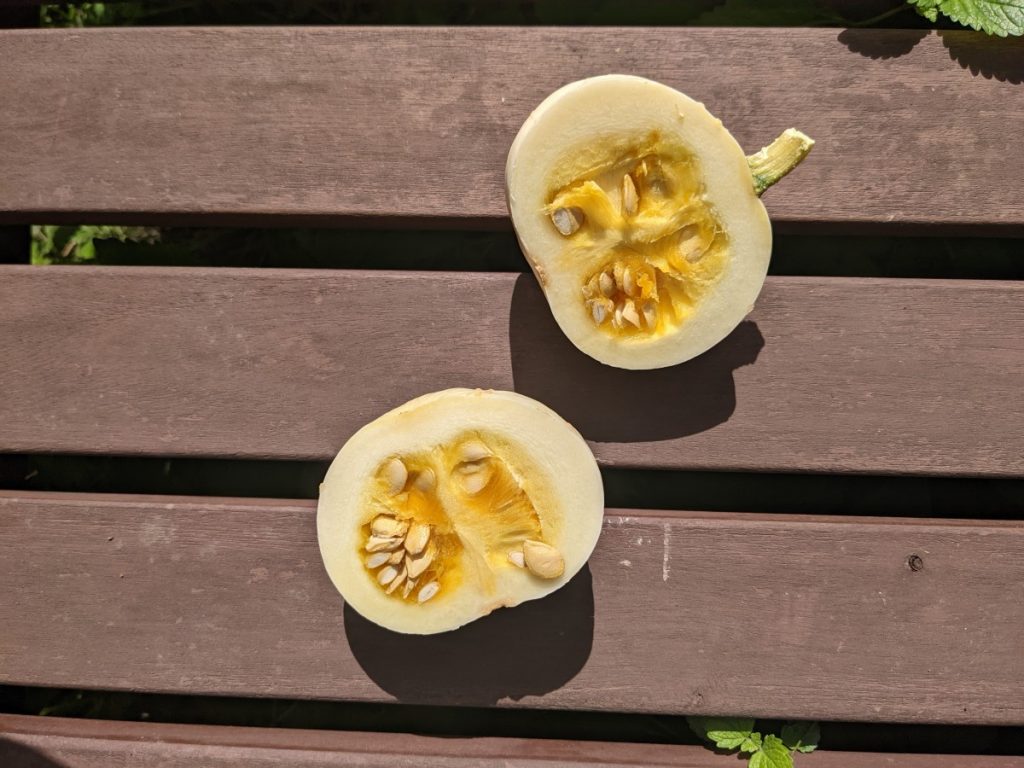
by Nadia Ragbar
[1] https://www.mabonhouse.co/mabon
[2] ibid
[3] https://deserthopetreatment.com/addiction-treatment/psychology/comfort-food/
[4] https://thenutteryny.com/blog/what-is-comfort-food.html
[5] ibid
[6] https://www.vox.com/culture/2018/8/29/17791082/pumpkin-spice-latte-starbucks-backlash-explained
[7] ibid
[8] https://www.starbucks.com/menu/product/418/hot?parent=%2Fdrinks%2Fhot-coffees%2Flattes
[9] https://www.vox.com/culture/2018/8/29/17791082/pumpkin-spice-latte-starbucks-backlash-explained
[10] https://www.history.com/news/pumpkin-spice-trade-nutmeg-archaeology
[11] https://www.bhg.com/recipes/seasonal/pumpkin-spice-history/#:~:text=The%20origin%20of%20pumpkin%20spice,are%20now%20part%20of%20Indonesia.
[12] ibid



